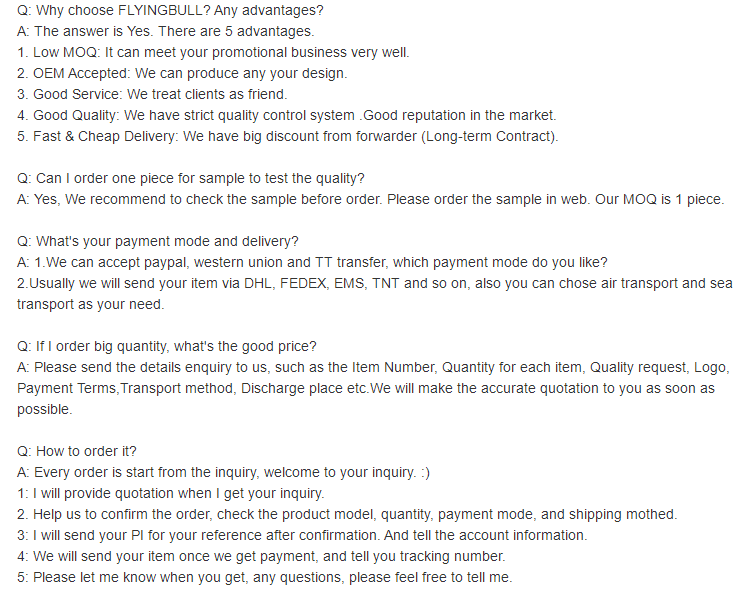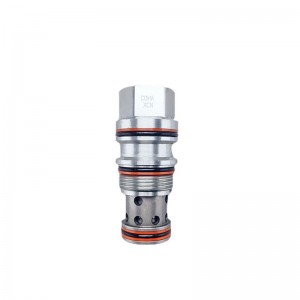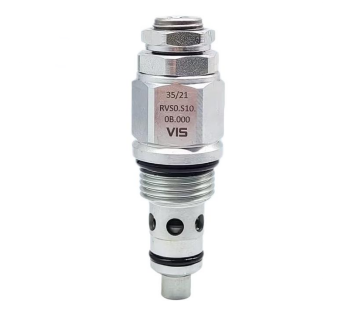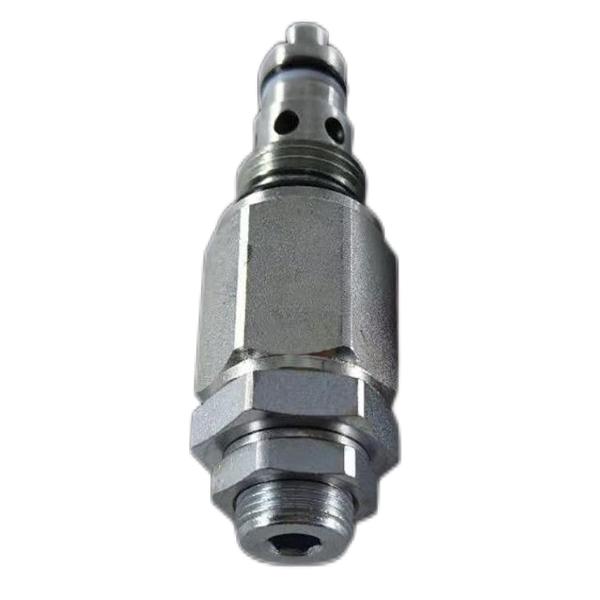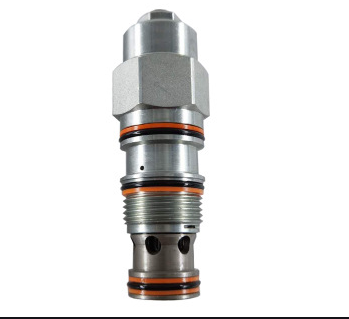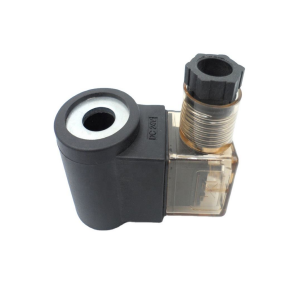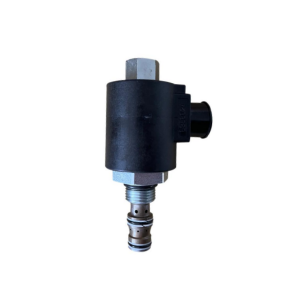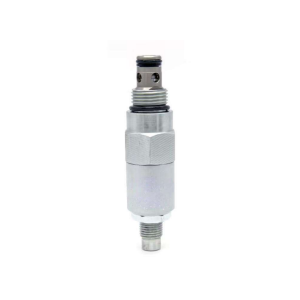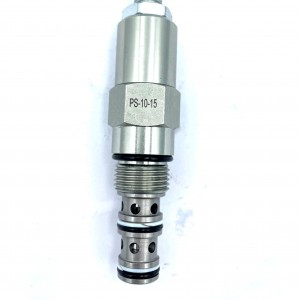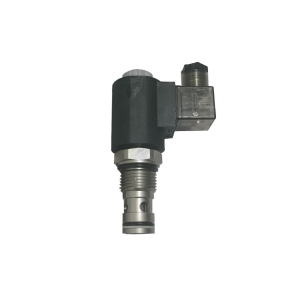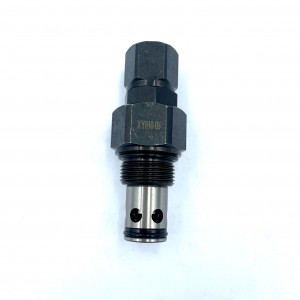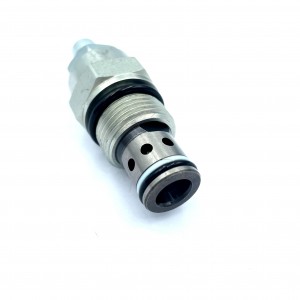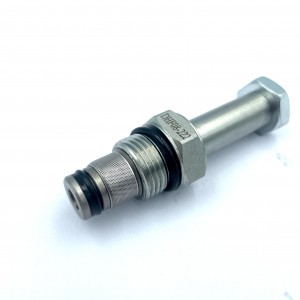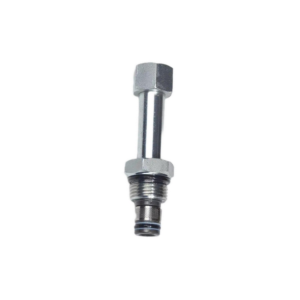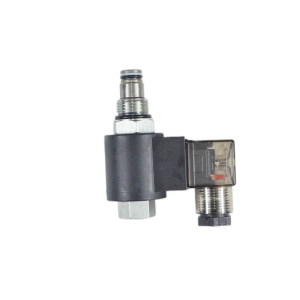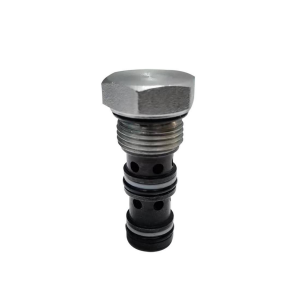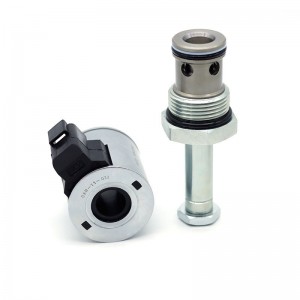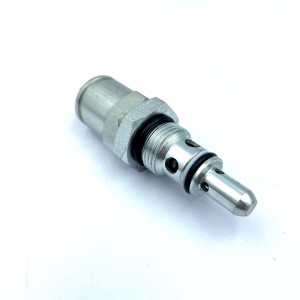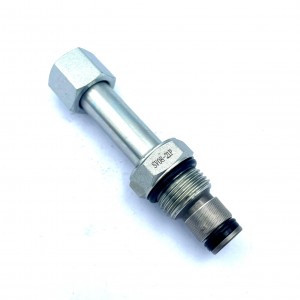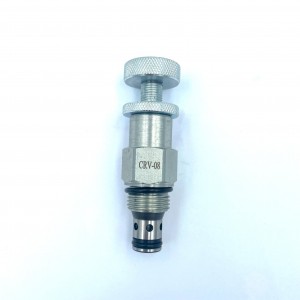Cartridge balance valve COHA-XCN hydraulic thread cartridge valve
Details
Sealing material:Direct machining of valve body
Pressure environment:ordinary pressure
Temperature environment:one
Optional accessories:valve body
Type of drive:power-driven
Applicable medium:petroleum products
Points for attention
When the relief valve works, the pressure of the spring is used to adjust and control the pressure of the hydraulic oil. As can be seen from the figure: when the pressure of hydraulic oil is less than the pressure required for work, the spool is pressed by the spring at the inlet of hydraulic oil. When the pressure of hydraulic oil exceeds the allowable pressure of its work, that is, when the pressure is greater than the spring pressure, the spool is jacked up by hydraulic oil, and the hydraulic oil flows in, flows out from the right mouth in the direction shown, and returns to the tank. The greater the pressure of hydraulic oil, the higher the spool is pushed up by hydraulic oil, the greater the flow of hydraulic oil back to the tank through the relief valve, such as the pressure of the hydraulic oil is less than or equal to the spring pressure, the spool falls and seals the hydraulic oil inlet.
Because the hydraulic oil output pressure of the oil pump is fixed, and the hydraulic oil pressure of the working cylinder is always smaller than the hydraulic oil output pressure of the oil pump, there will always be some hydraulic oil flowing back to the tank from the relief valve during normal work to maintain the working pressure balance of the hydraulic cylinder and normal work. It can be seen that the role of the relief valve is to prevent the hydraulic oil pressure in the hydraulic system from exceeding the rated load and play a safety protection role. In addition, the relief valve is matched with the throttle valve, which regulates the flow of hydraulic oil and can control the moving speed of the piston.
Product specification
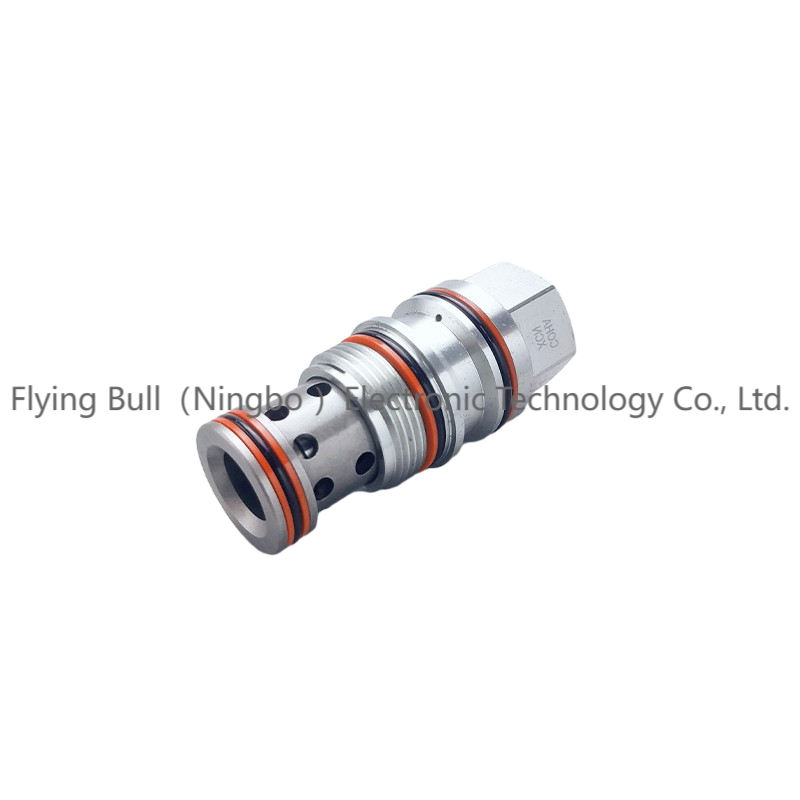
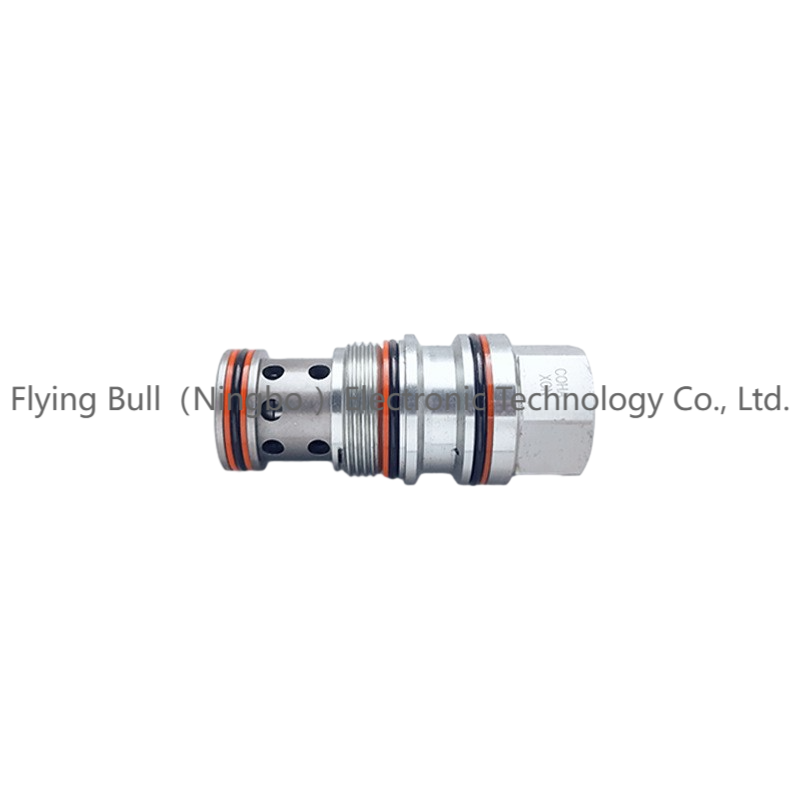
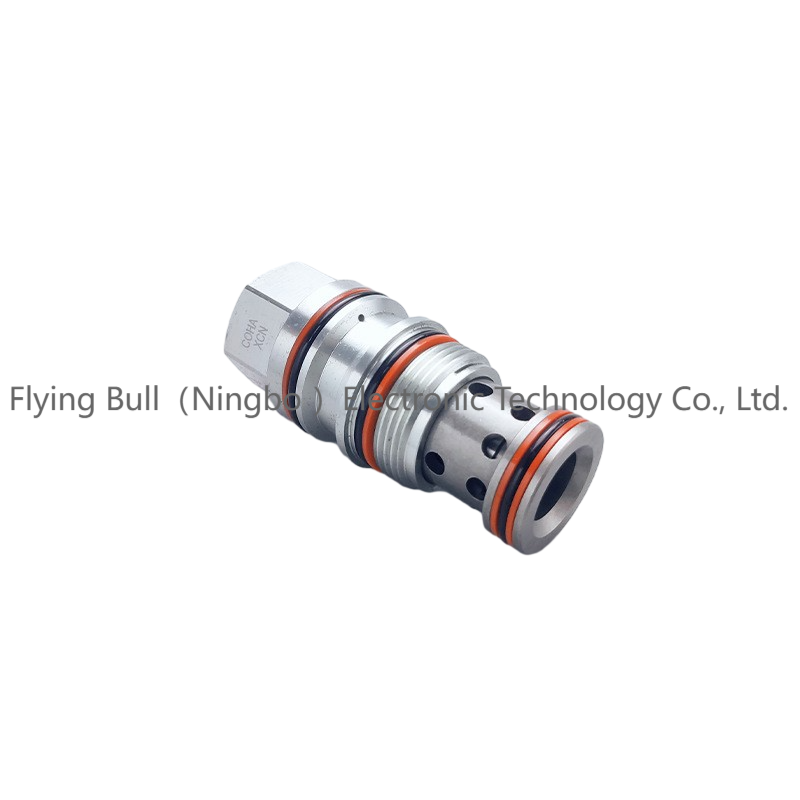
Company details
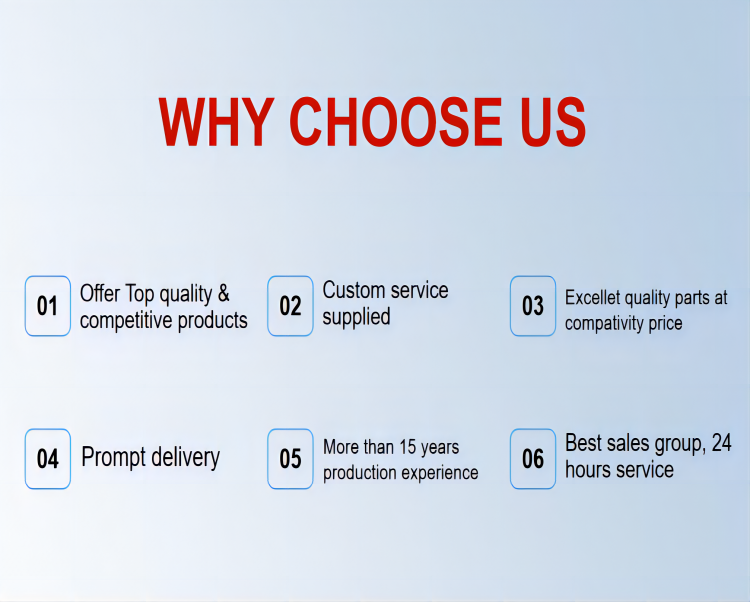
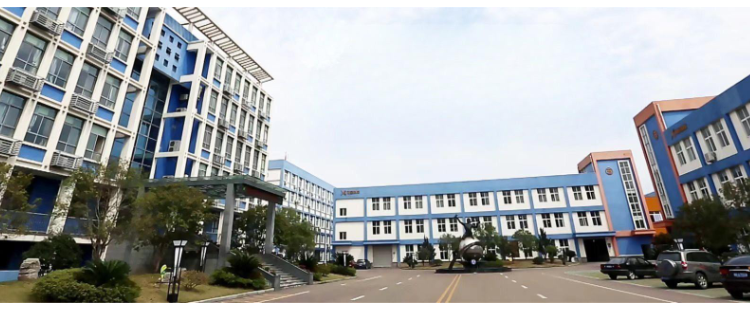
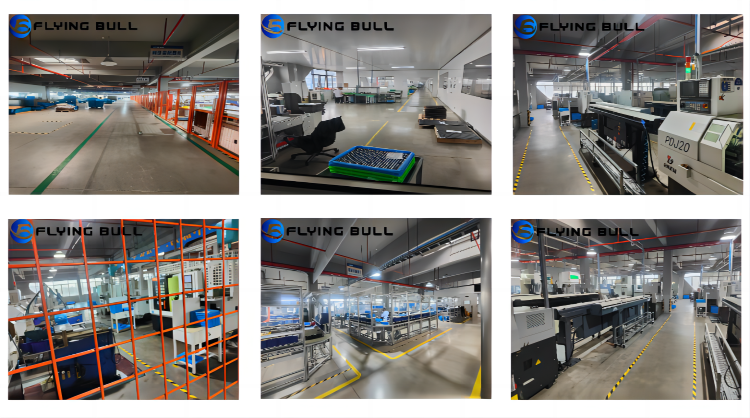
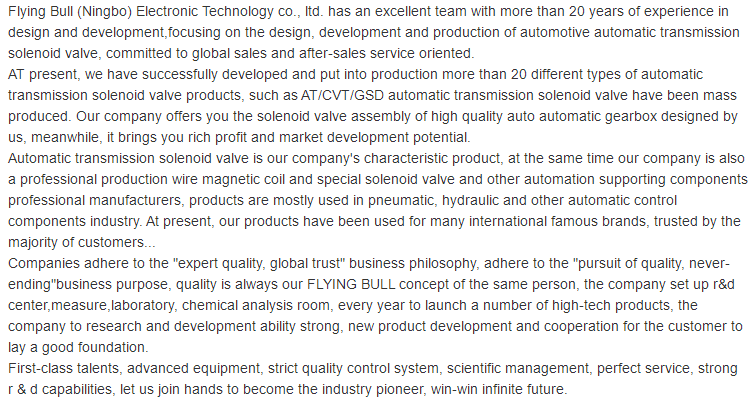
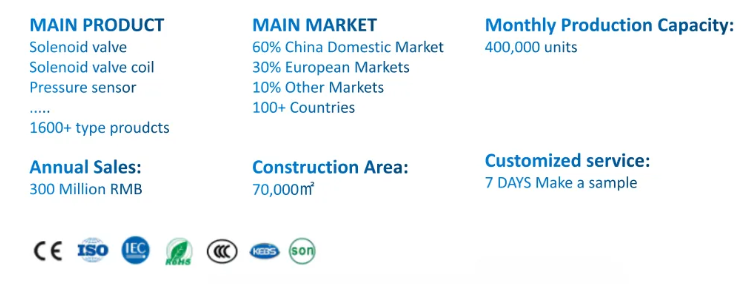
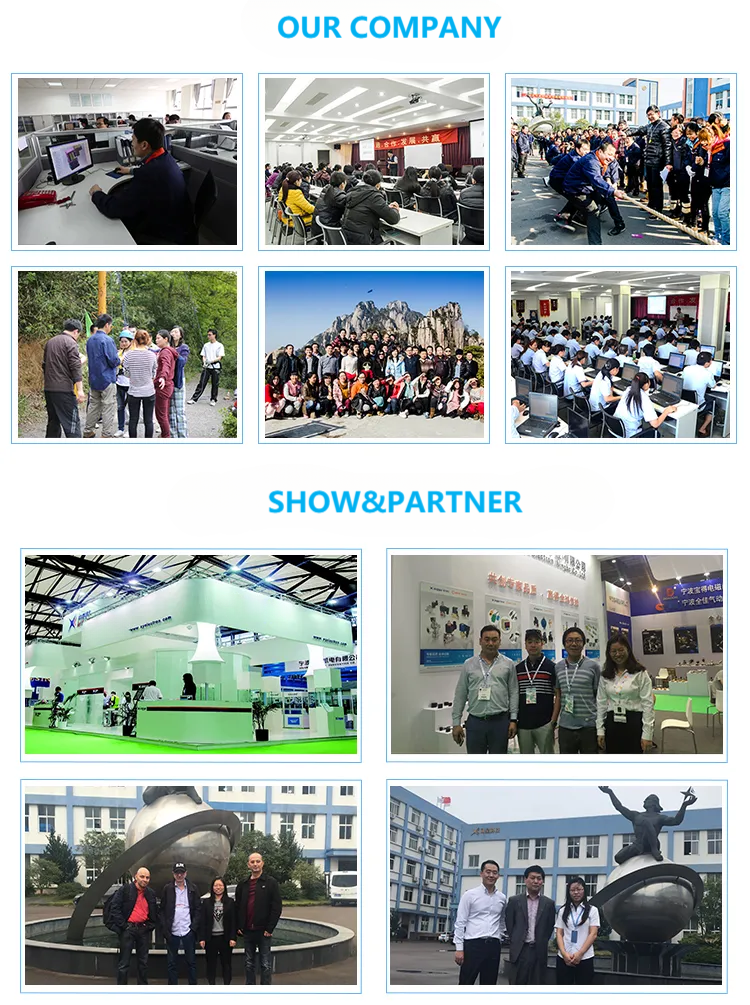
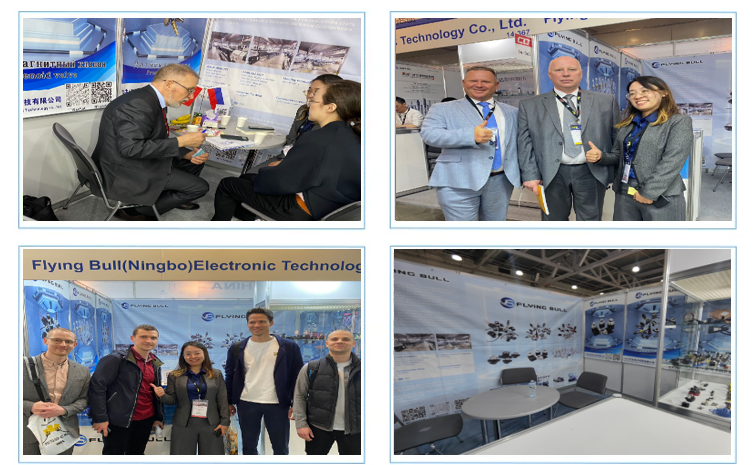
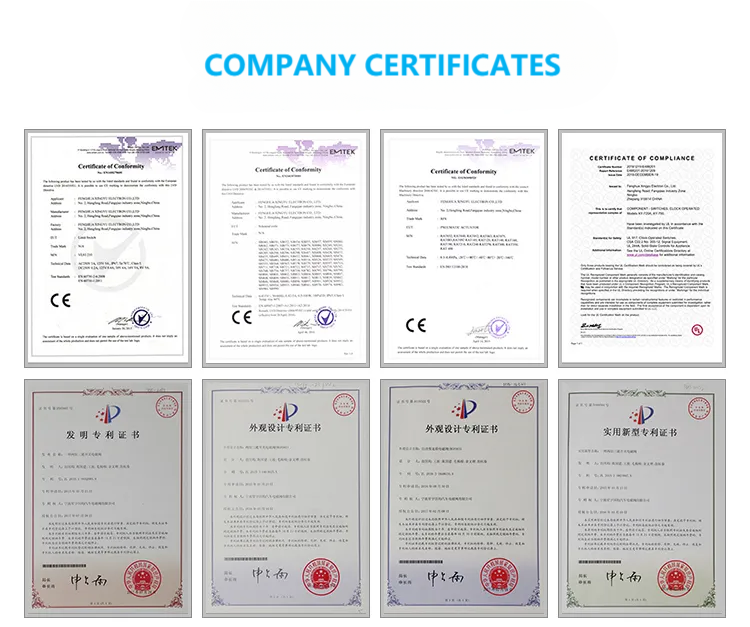
Company advantage
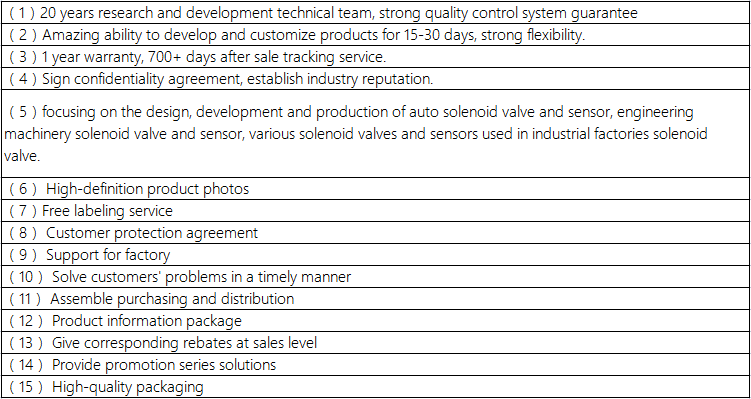
Transportation
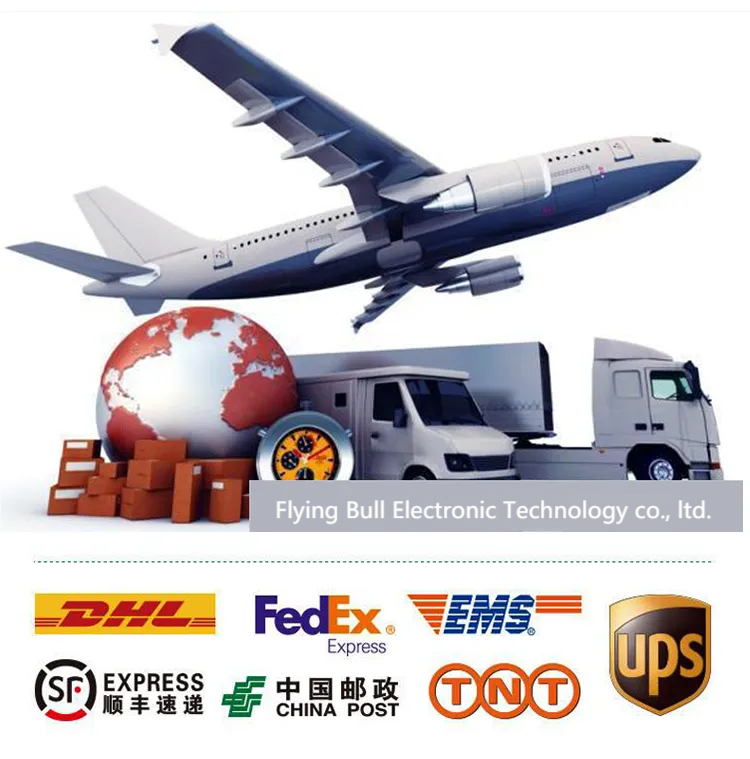
FAQ
